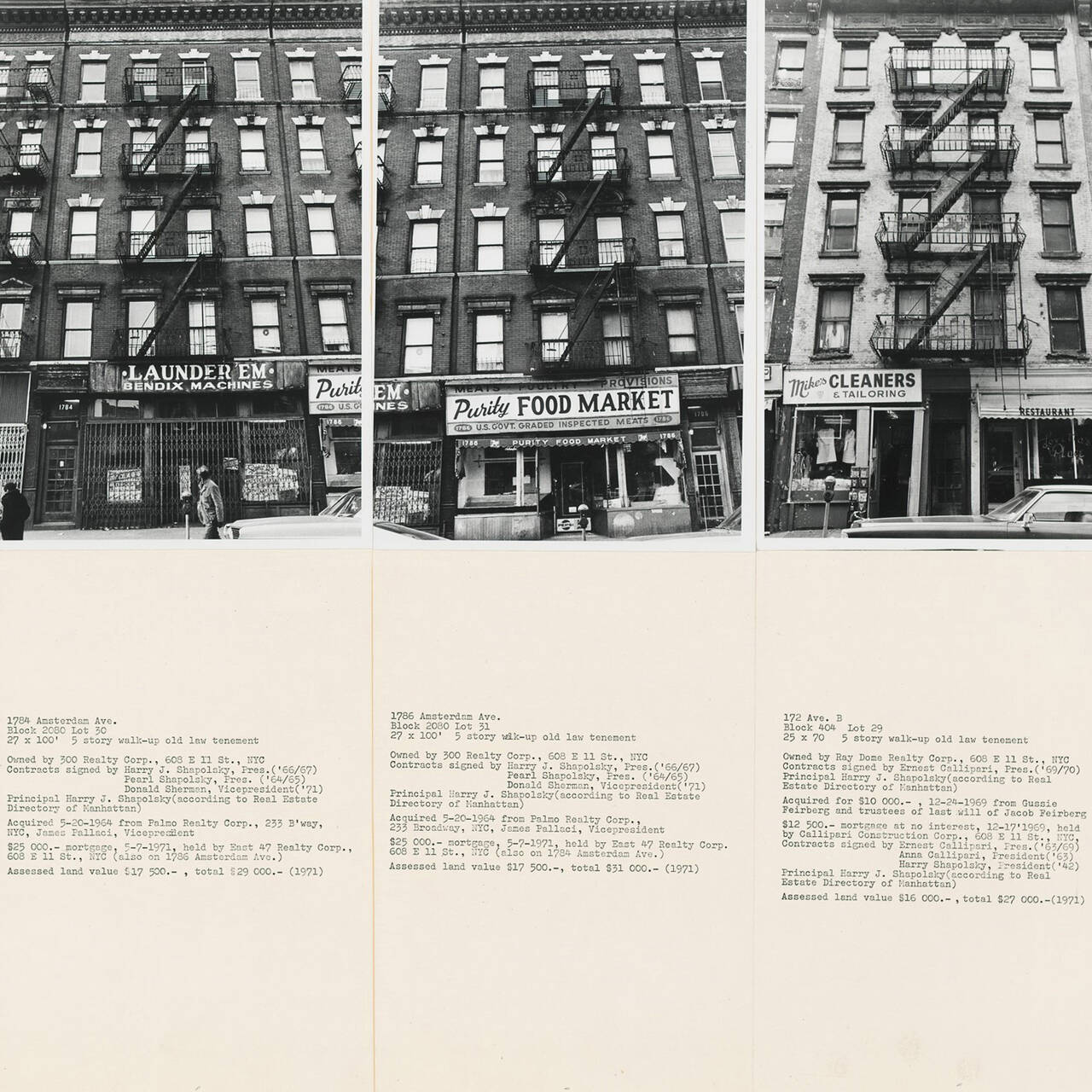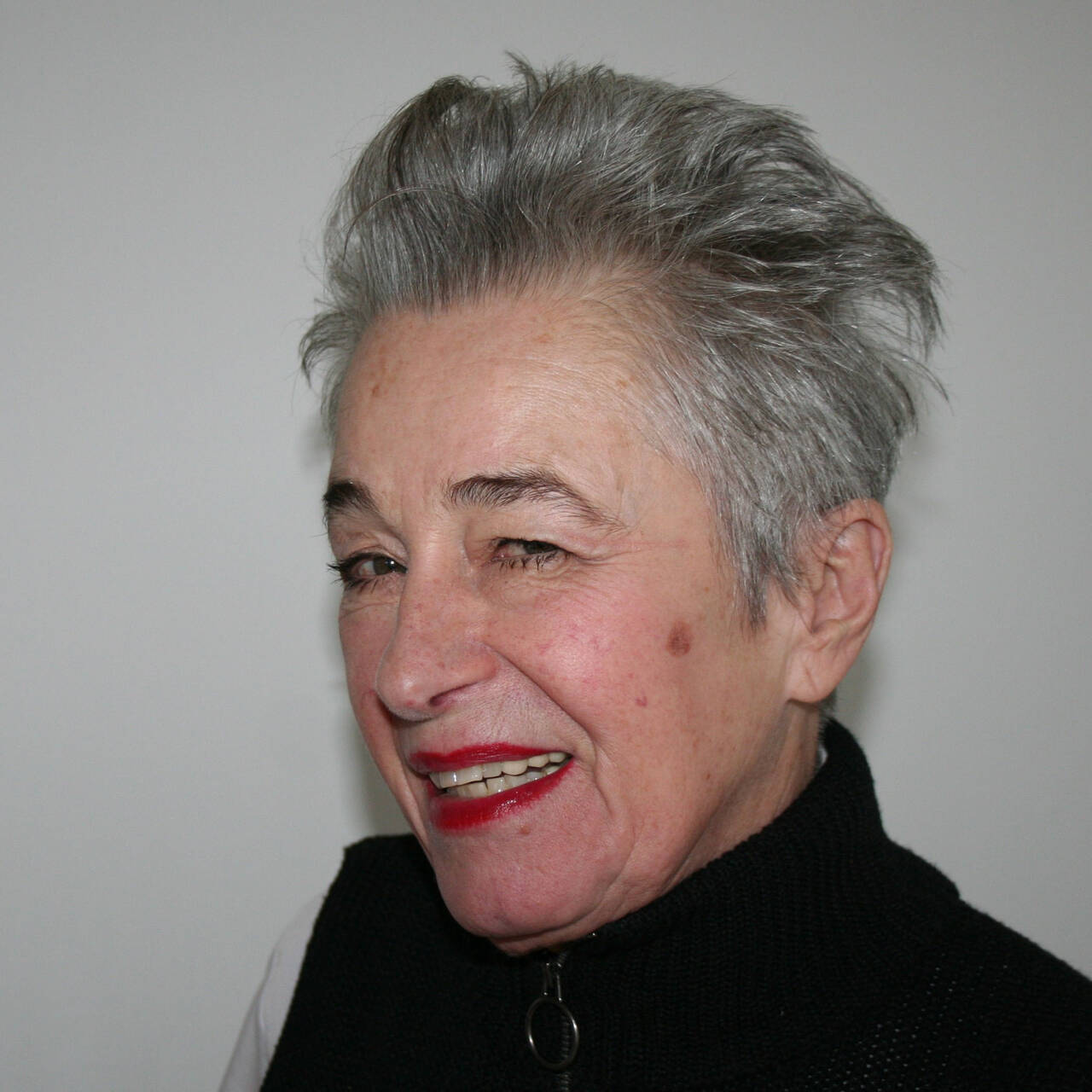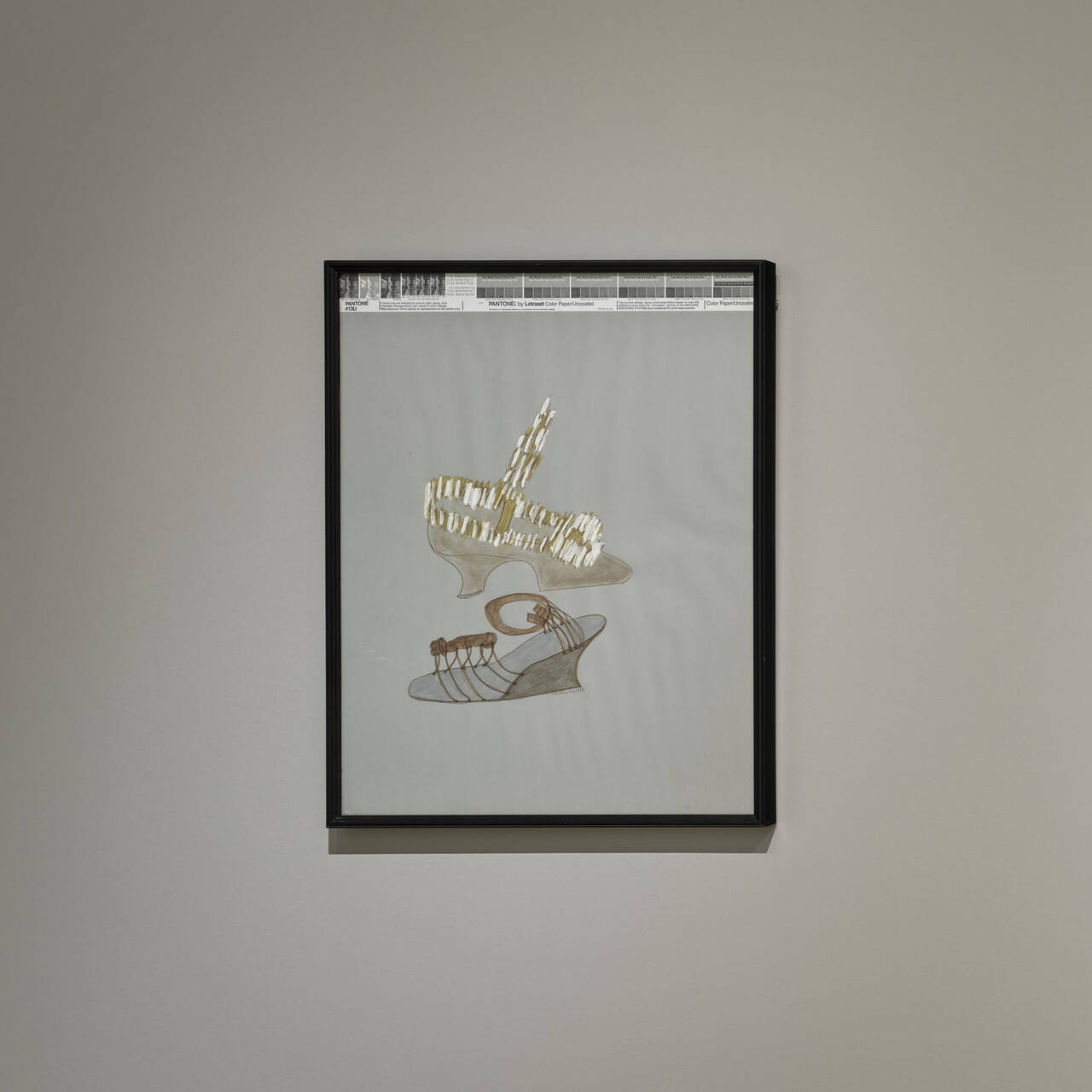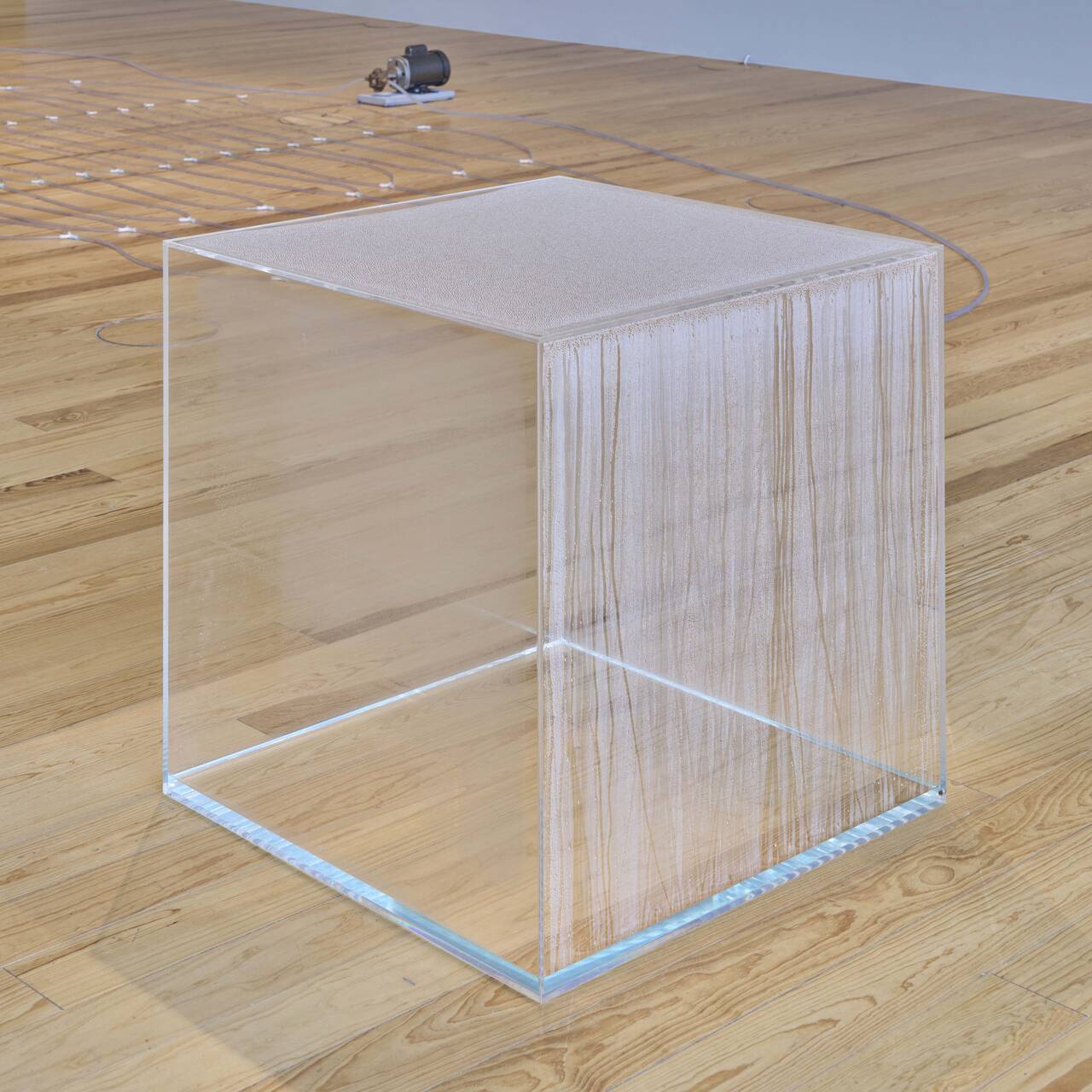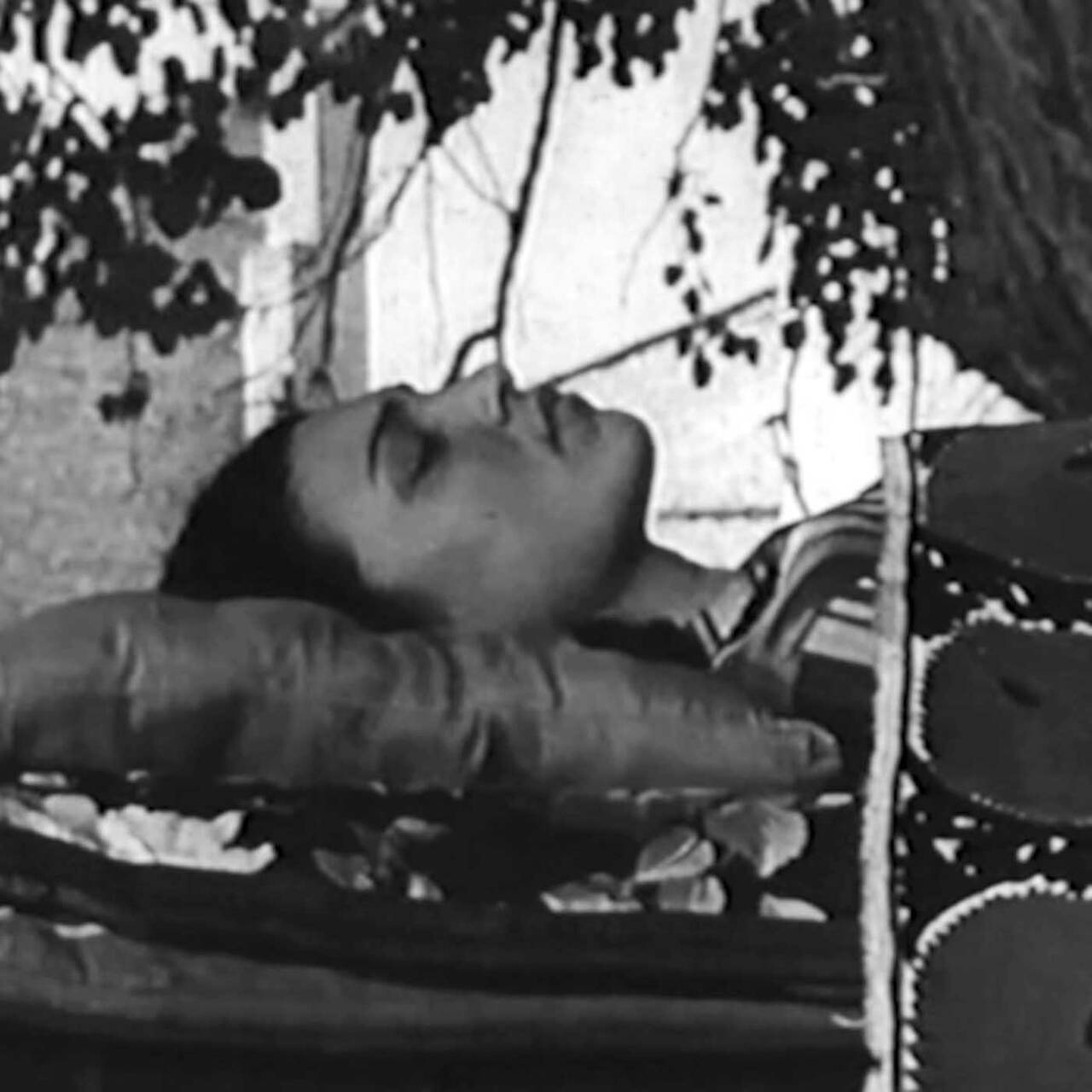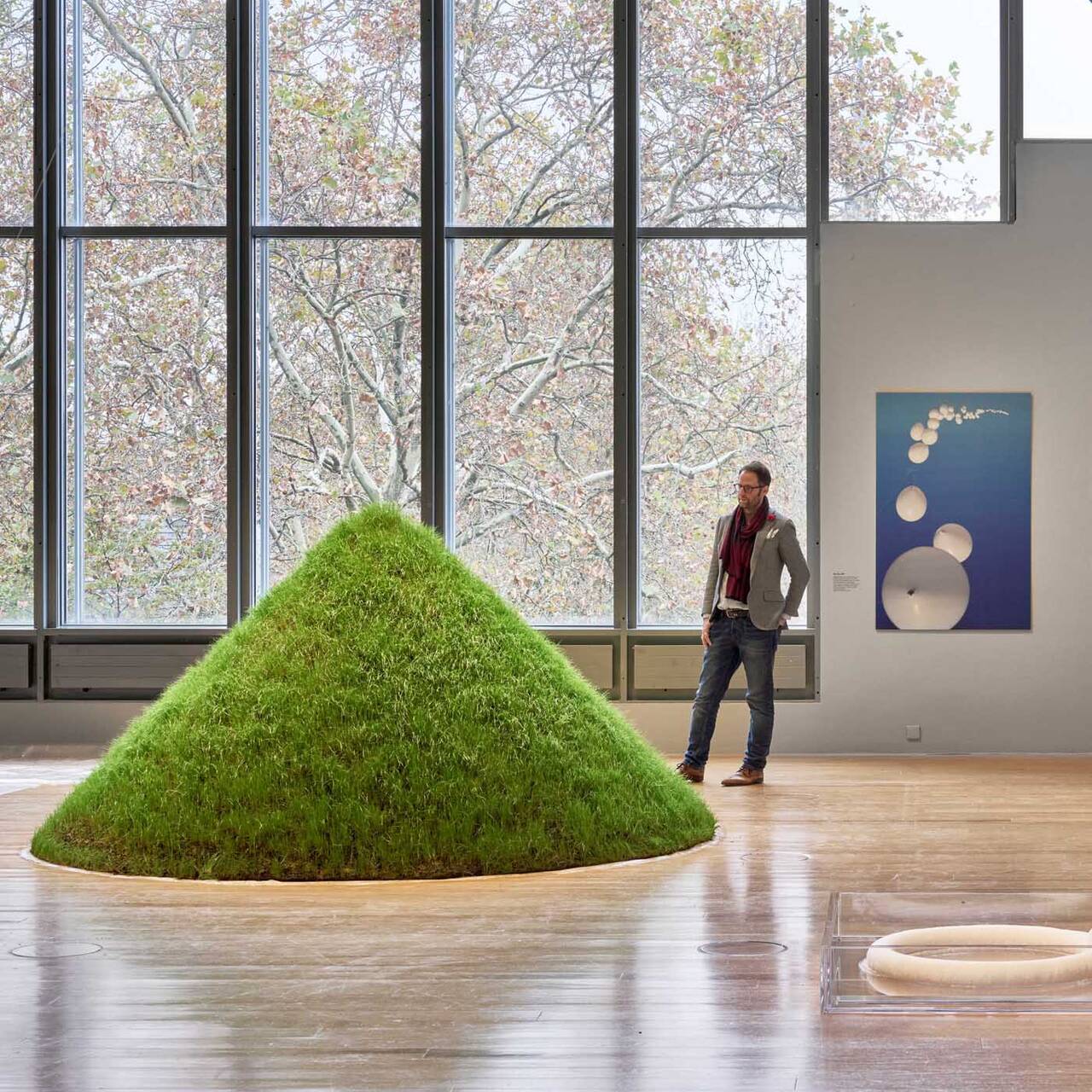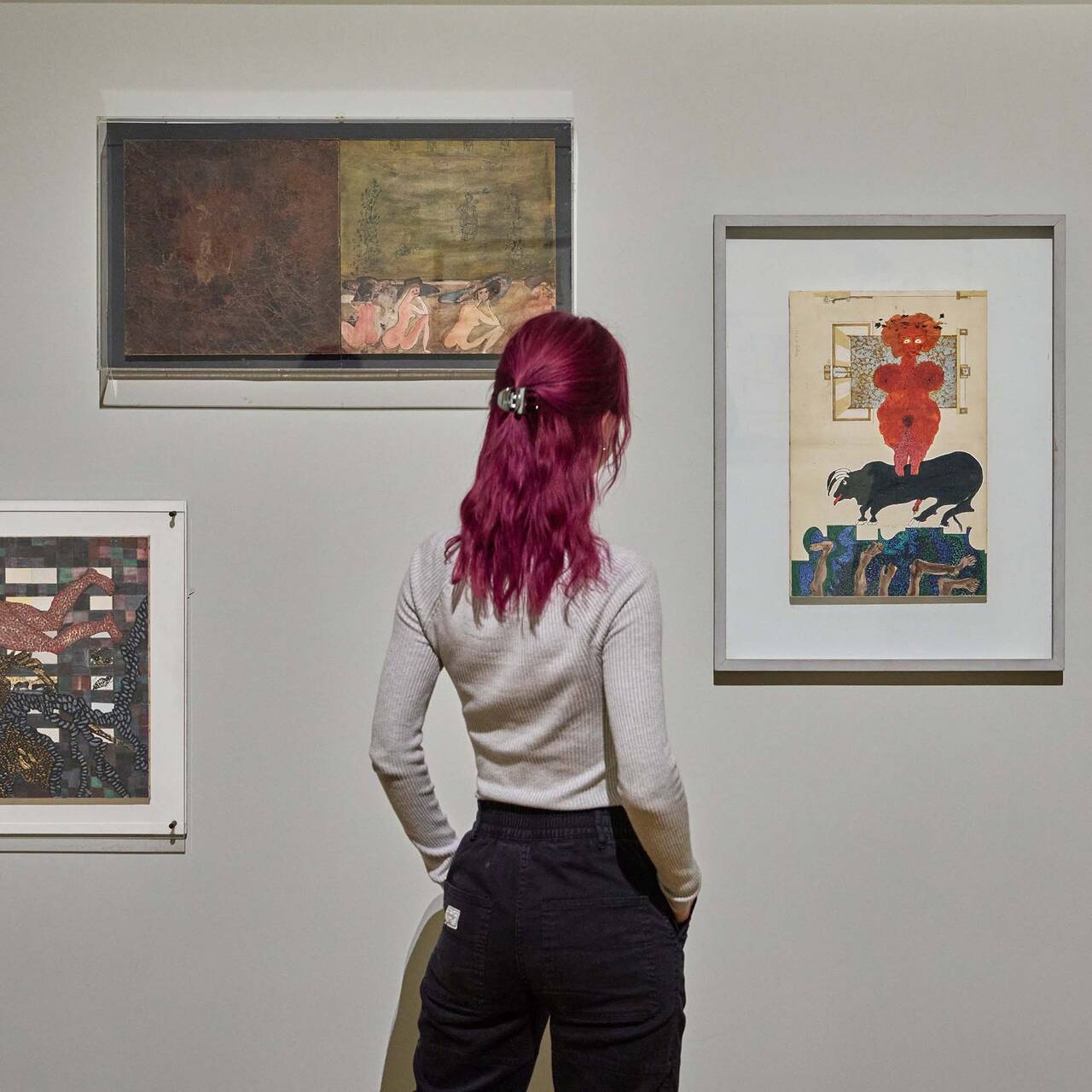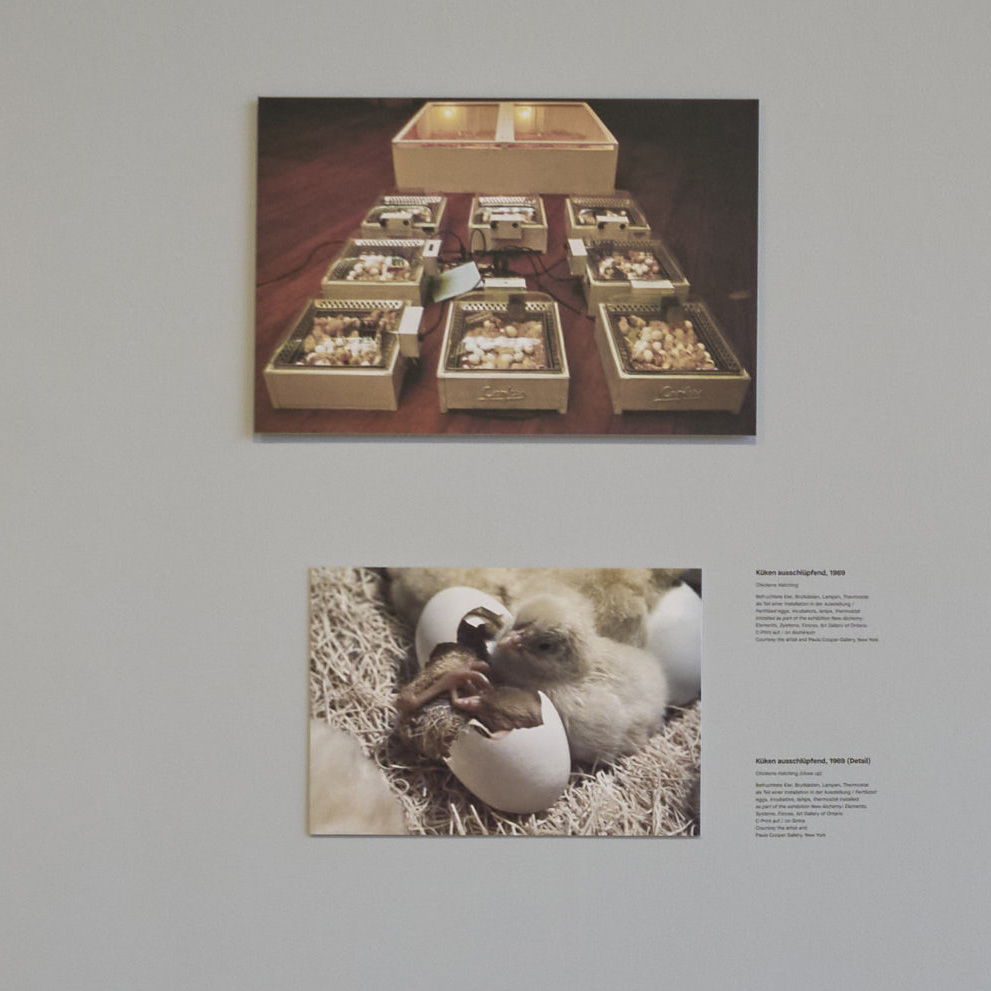About the freedom of art and how ideas turn into artworks. Artist duo Nathalie Djurberg and Hans Berg on the production of their hypnotic, animated worlds.
How would you describe your spatial works? Can they be categorized as animations, video art or video installations?
Nathalie Djurberg: We would describe them as video installations.
Artistic claymation has a long tradition with filmmakers such as the Czech Jan Švankmajer, where it is however limited to the cinematic projection. In which context did you choose the medium of animation for the first time to visualize your thoughts?
Nathalie Djurberg: I didn’t place it in any context, when I started I didn’t even place it in the context of art. You don’t have to do place something into any context - the work will itself show where it will fit in. When it doesn’t fit in anywhere else, it might be that it fits into the context of art. And since art is my background, it was the most obvious context for it, if only because art is the freest space in society that I know of.

How do you work when you create the music and sound?
Hans Berg: When Nathalie starts talking about an idea and starts working on the characters and sets or sculptures, my mind is already starting to think about the musical landscape or setting for that idea and I slowly start thinking about what kind of sound or music should accompany it, to steer the work in a specific direction. But it’s mostly when the films are animated or the sculptures have been created that I start composing. Then I upload the video in my music software in the studio and compose the music while watching the film. It's very intuitive: sometimes I follow and emphasize the content of a video, sometimes I try to go completely against the film, depending on the effects I want the music to have. In my studio, I work with synthesizers, samplers, drum machines, and also record live sounds when needed.
Sometimes I follow and emphasize the content of a video, sometimes I try to go completely against the film.


Since the Bienniale in 2009 you have often presented sculptures in addition to your videos. How do the sculptures relate to the videos? How do you work with the different timelines?
Nathalie Djurberg: They are, in a way, different timelines, they connect on different levels, or at different points. The different mediums of moving images, music and sculptures create a new entity together.
What role does the exhibition venue play in conceiving an installation? Is it a means to an end or part of the staging?
Nathalie Djurberg: We never create art for a space, it always starts with an idea of the work itself, and the idea usually emerges once we have been obsessed with it for quite some time. But it’s interesting to exhibit a work in different venues, because the space changes the work, and forces us to think differently, and see different aspects of it. Sometimes it comes naturally how it should be, and sometimes it’s rather a challenge.
For me the practical work, the process, is the art itself: the examination and development of an idea into an artwork.

“It Will End in Stars” is your first VR work, which was created in collaboration with the Virtual Reality & Augmented Reality Art Production “Acute Art” for the exhibition tour. So far, you’ve created your work without a storyboard, script or team. The time-consuming creation of animated videos was part of your artistic work. How did you proceed when realizing your VR work?
Nathalie Djurberg: Not so differently from other works. It’s a matter of trial and error, an examination of it. I thought that I wouldn’t have to do so much for this piece, but it became obvious that to make things look the way I wanted them to look, and to be able to specify the idea for someone else, I had to get hands on. Because for me the practical work, the process, is the art itself: the examination and development of an idea into an artwork. That’s why I made all the characters, sets, and props myself and they were then 3D-scanned for the VR-world. What differed a lot was that I wasn’t able to do any of the programming, but had to hand over control and work by explaining instead. But it’s still like a path, it’s only the next step, and then the next step, and the next. And the discoveries and realizations you do on that path.
Hans Berg: For me creating the music was very much the same process I usually go through. I composed it to the VR-work in my studio, although I had to make do with short snippets of the work; since the VR work is not linear, the viewers can choose wherever they want to go in that world, so I have less control of how they will experience the music. It’s more connected to certain points and happenings, rather than following a narration with a beginning and an end.


NATHALIE DJURBERG & HANS BERG
A JOURNEY THROUGH MUD AND CONFUSION WITH SMALL GLIMPSES OF AIR
